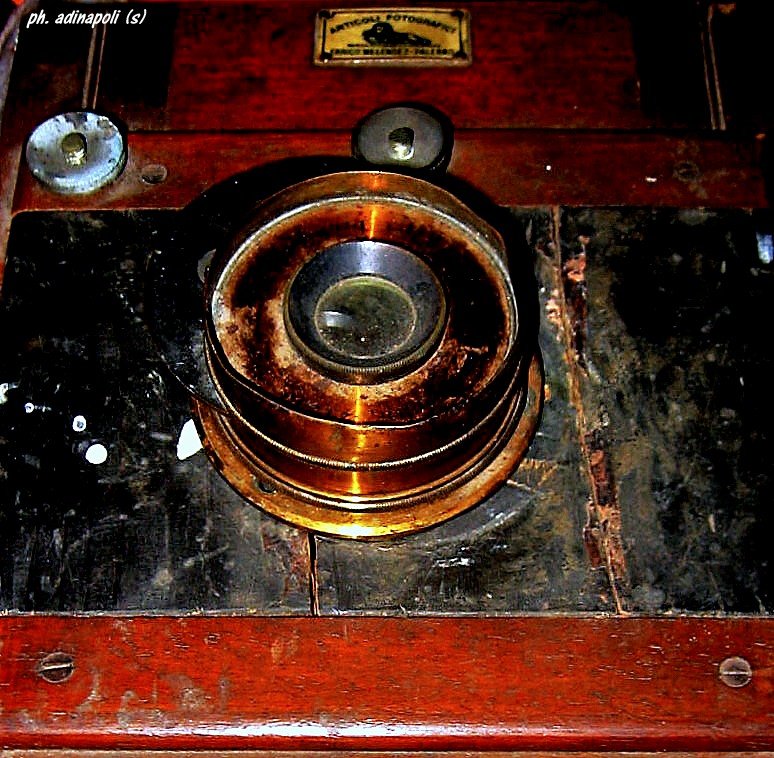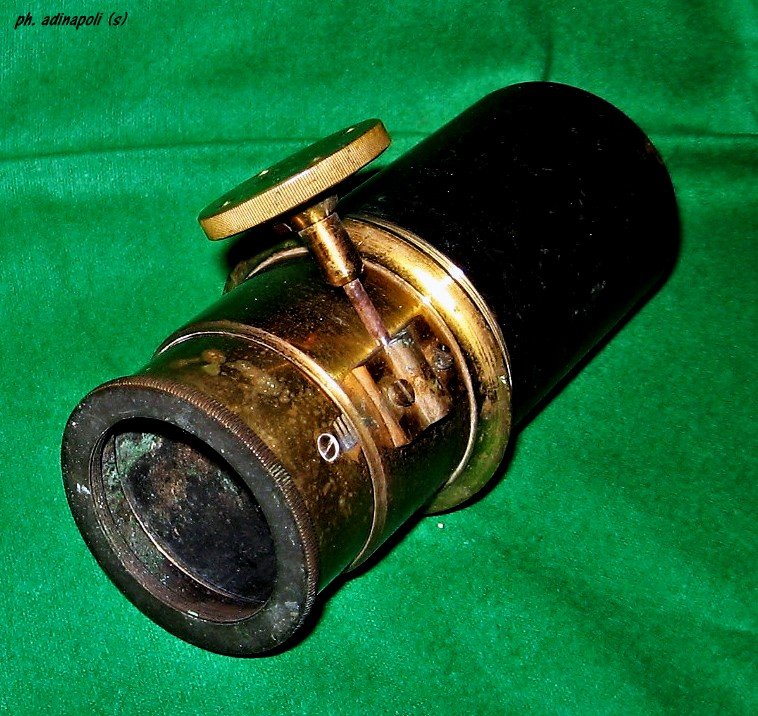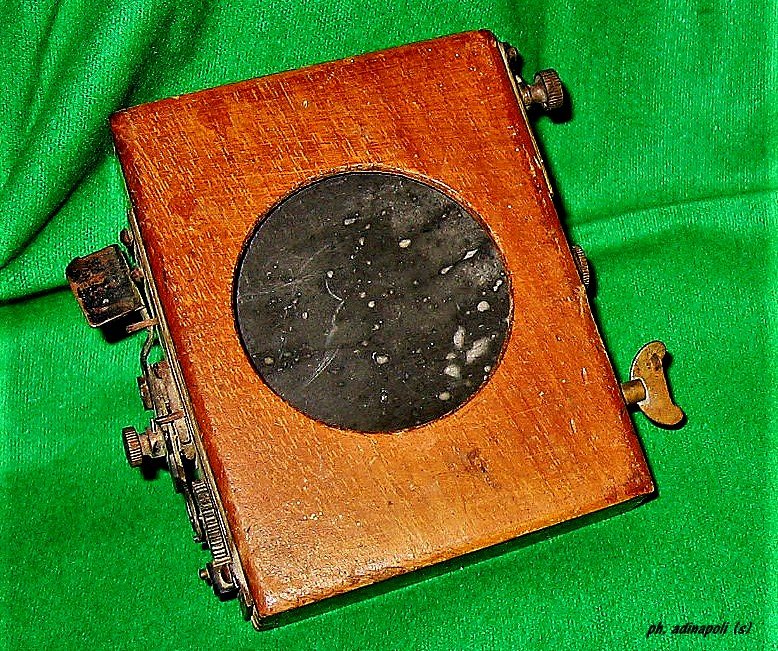Il 7 Gennaio ricorre l'anniversario dell'annuncio ufficiale di una scoperta straordinaria: la Fotografia.



Testo e fotografie di adinapoli (s)
Le fotografie sono di proprietà dell'autore
ENG
January 7 marks the anniversary of the official announcement of an extraordinary discovery: Photography.The birth of Photography, in fact, was the result of the efforts and experiments of different scientists and "inventors" but, commonly, is usually attributed to a lucky episode happened to the French Luis Jacques Mandé Daguerre. After several attempts to perfect a procedure practiced by Nipce, it was the random exposure of a copper plate to the vapors, emitted by mercury leaked from a broken thermometer, to favor the success of the umpteenth "laboratory experiment". The vapors allowed the appearance of an image and the common kitchen salt its final "fixing" on the support. An indispensable finishing process consisted in blocking the "amalgam" of silver iodide and mercury vapors with a glass, sealing it to avoid oxidation of the surface in contact with the air. Finally, the daguerreotype was inserted into a soft or rigid case, made of velvet, metal or another precious material, to make it a precious silver object enclosed in a case. The daguerreotype is a unique non-reproducible specimen and its appearance is both positive and negative, according to the lighting. The potential of the discovery was understood by the physicist and astronomer Dominique Francois Jean Arago who, on January 7, 1839 (although the Gazette de France had published some advances on the 6th), and gave the official announcement to the members of the Paris Academy of Sciences. But, in reality, the History of Photography had already begun. The ability to continuously update the technique, tools and procedures used has made the photographic representation always up-to-date and in step with the times, so as to be called "the eighth Art" for the high aesthetic quality achieved. Not only has it not aged, but also often those who practice it is kept young for a long time. Photography has also shown itself to be lenient towards painters, like Delaroche, who, being discouraged by the precision of daguerreotypes, feared that painting was definitely dead.
